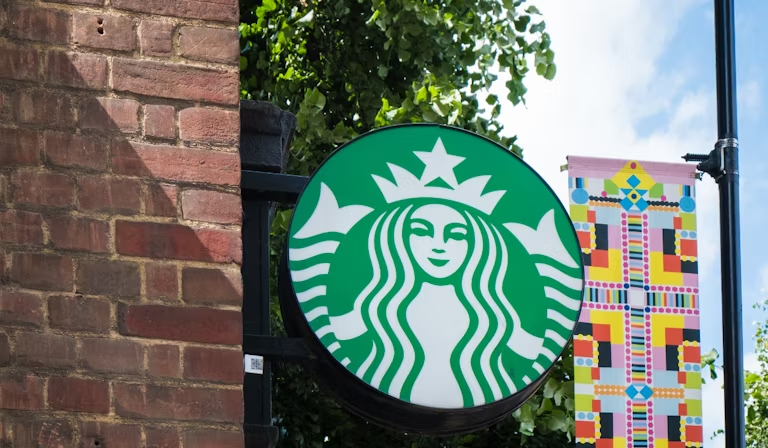In February 2007, Howard Schultz, then chairman of Starbucks, sat at his kitchen table drafting a memo. Troubled by the implications of rapid expansion, Schultz reflected on the growth from 1,000 to 13,000 stores. While the growth boosted sales and profits, it also diluted the Starbucks experience. Flavour-locked coffee beans preserved freshness but removed the aroma of coffee from stores. Automatic espresso machines expedited service but eliminated personal interaction between baristas and customers.
Schultz concluded in his memo, titled ‘The Commoditisation of the Starbucks Experience’, that the Starbucks brand had been diluted. That night he sent it to each of the company’s senior executives.
A year later, 10,000 employees gathered in New Orleans. Schultz’s memo had been prophetic: Starbucks faced declining sales and profits, and store closures. And Howard Schultz was back as CEO, having returned in 2008 determined to restore the brand’s fortunes. The New Orleans event was symbolic, paralleling the city’s post-Hurricane Katrina recovery with Starbucks’ challenges. Attendees worked on community projects prior to attending the event, embodying the spirit of rebuilding.
And it was at this New Orleans event that Starbucks unfurled its new mission statement, perhaps the single most nonsensical bit of brand positioning in the history of marketing. Starbucks employees from across the company had spent months on it and finally ‘Our Starbucks Mission’ was ready.

Lack of customer-centricity
Howard Schultz is a brilliant leader and businessperson. His diagnosis of the commoditisation of his brand and recognition for the need to refocus it were spot on. His heartfelt desire to make a difference and do good things are also not to be ignored. Nor was his genuine love and respect for his employees.
But all that does not make for good positioning. In fact, a lot of it gets in the way.
For starters, there is an abject lack of customers in the work that went into the Starbucks mission. Clearly employees – ‘partners’, to use the Starbuck’s terminology – are important. But they get their coffee for free. And rarely buy it anywhere else.
In my experience…



